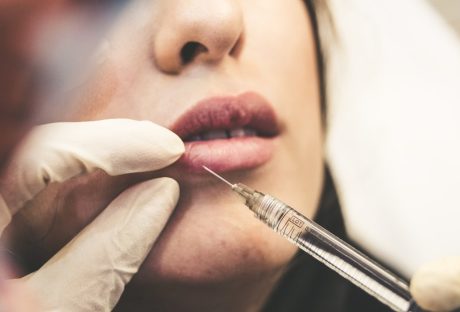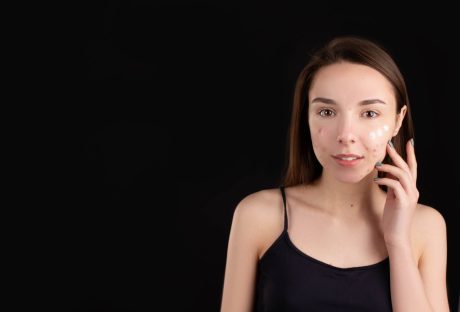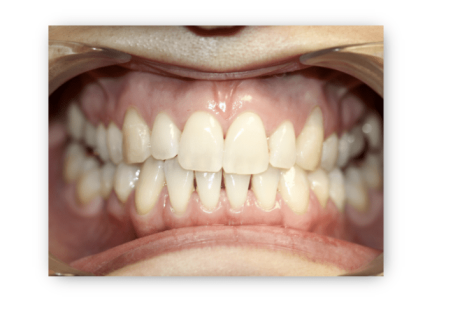Fine lines and wrinkles in the face are the most common visible signs of the aging process. Some wear them with a badge of honor, but for others, their presence on the face is an unwanted reminder of how times have changed. Now different types of facelifts services are available to minimize all signs of aging processes.
Facelifts are one of the most popular types of plastic surgery because they help to undo some of the signs of time. But there’s not just one type of facelift out there; in fact, there are three! These procedures: Mini facelifts, Mid-facelift, also known as cheek lift surgery, and a full facelift, all work to take years off of the face in different areas.
Contents
3 Types Of Facelifts
The different facelifts services are available. But according to the face mapping, every individual facelift has a different area specified.
Here’s how these procedures work and what problem areas they work to target!
1. Mini Facelift / Lower Facelift
The facelifts are a different area targeted. Not each type of facelift treats the whole face. The Mini and small area targeted facelifts are more least invasive in the facelift procedures, which target minor concerns like fine lines and wrinkles and to sag and drooping of skin in the lower portion of your face, namely treating issues such as jowl formation or jagging jawline.
This type of facelift is excellent for those with minor concerns about sagging skin and lines around the mouth, chin, and lower cheek areas but do not yet require treatment on any areas to the upper or higher middle part of the face. Thus, this procedure is popular among those in their 30’s and 40’s to get a light refresh on their face.
2. Mid-Facelift And Cheek Lift
A mid-area-facelift, also popular with the name of cheek filler lift, targets the middle portion of the face, namely around the nose, cheeks, and eye regions. This is a great way to smooth outlines around the eyes and allow you to appear more refreshed and redistribute fat in the cheeks to allow for a more youthful and full appearance.
Having the cheeks placed higher and renewed in volume can help delay their drooping down to create sagging jowls, which would then require the mini facelifts to solve.
3. Full Facelift
As the name implies, the full facelifts are working to revitalize the entire face. Smoothing out wrinkles, redistributing fat, and tightening the skin is possible through a full Facelift.
Because of its range, a complete facelift is a more extensive version of facelift procedures. It is usually reserved for those with more noticeable signs of aging in multiple areas of the face. However, when it comes to the process itself, two main surgery methods can be performed.
-
SMAS Facelift:
SMAS is an acronym that stands for Superficial Musculo-Aponeurotic System, which is the connective tissue layer in your face. This layer works to structurally support the shape of your face, keeping things tight and where they need to be.
The SMAS facelifts are targeting this later, distributing the tissues to help reverse and correct signs of aging like deep smile lines and jowls.
-
Deep Plane:
Deep plane facelifts are one of the most extensive facelift surgeries. This is because the incisions made in the procedure go further into the skin, reaching more profound layers of muscles and nerves so that the tissues may be more accurately and thoroughly manipulated and redistributed, resulting in excellent results.
It is essential to have a qualified, experienced surgeon you trust to perform this type of procedure, as the nerves and muscles are exposed during the process and can run the risk of damage.
Conclusion:
Now facelifts are not a very costly procedure. Even along with the facelifts, many temporary fillers are also available to treat the fine lines and all the signs of aging. If you do not want to undergo any plastic surgery treatments or painful processes. The facelifts treatments are the most suitable process for you. After the surgery, you do not require a very long time to recover.
FAQ( Frequently Asked Questions)
Read Also:






















